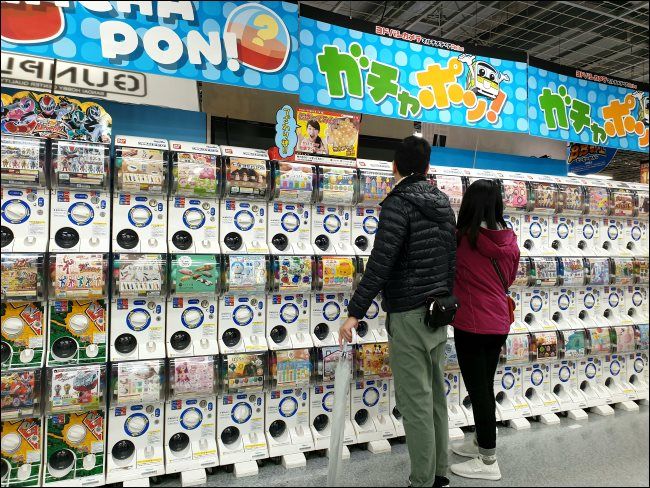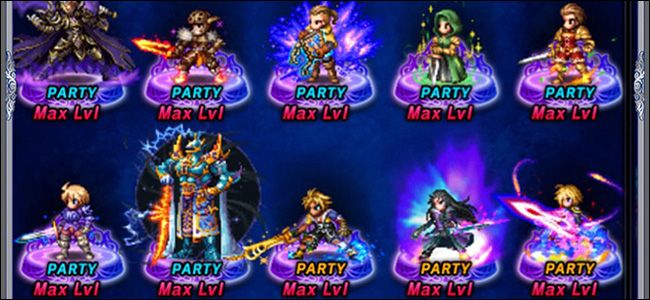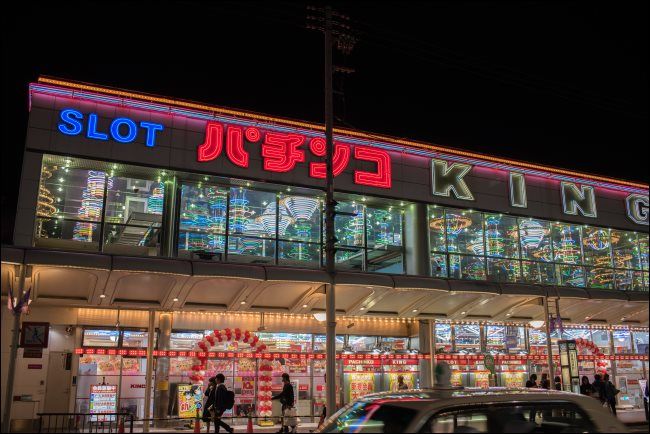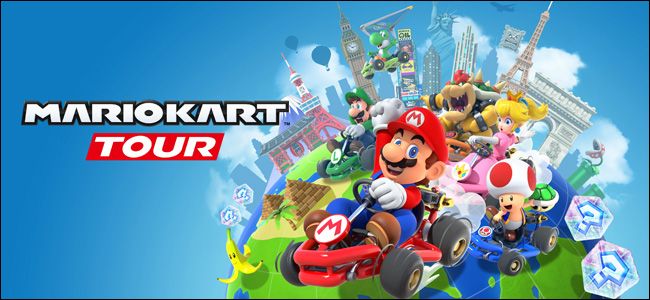Gacha games are popular with mobile gamers all over the world. The term comes from Japan, but the games have spread internationally. Here's how they work, and what makes them so addictive!
What Is a Gacha Game?
As more people start gaming on their phones, the number of games looking to take up real-estate on your phone's home screen is increasing every year. One of the fastest-growing genres is "gacha" games. Most of these come from Japan, and they all have similar monetization schemes.
These games are based on Japan's "Gashapon" systems, which are vending machines that yield small capsules with a toy inside, similar to Kinder Surprise Toys. When you put a token in the machine, you've no way of knowing which item you'll get. A large part of the appeal is opening the package and seeing what's inside.
Gacha games operate similarly. You spend money to open boxes or packs, or collect items, cards, and characters. These are often from a popular manga or anime franchise. You then use them to battle other players and complete challenges. These cards and characters also typically have variations to them, such as star rankings or levels.
The highest-ranking and most powerful collectibles are very rare and difficult to obtain. Getting them can involve opening thousands of boxes and many microtransactions.
Gacha Mechanics
Gacha games have a lot in common with collectible card games (CCGs). Like CCGs, the items you can obtain from a spin have a direct effect on the way you play. Many collectible card gamers spend vast amounts of money on perfecting their decks and getting the best kinds of cards.
However, unlike CCGs, for which you can purchase single rare cards from fellow collectors, there's usually no way you can purchase individual items at all in a gacha game.
The process of "spinning" is similar to opening a loot box in Western titles. However, unlike gacha games, loot boxes are often not a primary game mechanic; sometimes, they don't affect gameplay at all. For example, in the first-person shooter, Overwatch, loot boxes only contain cosmetic items, like costumes and animations.
Because this monetization scheme can apply to any type of game, the core gameplay mechanics of these titles can vary wildly. For example, Puzzles and Dragons is a matching puzzle game, while Final Fantasy Brave Exvius is a turn-based role-playing game. However, both implement gacha-based mechanics when it comes to picking up powers and characters.
The Gacha Problem
Gacha games, by their very nature, are highly random and frequently prompt players to spend money. This makes them one of the most addictive kinds of microtransactions. Some in the industry have referred to them as a form of gambling without a monetary payout. The most dedicated gacha gamers can spend huge amounts of money in a short amount of time attempting to get the very best collectibles.
Another cause for concern is the lack of barriers to entry. Since most of these are mobile games, children can easily play and purchase rolls without a parent noticing. Some developers have even been accused of deliberately misrepresenting the likelihood of players getting what they want. They've also come under fire for designing their user interfaces (UI) to prompt players to open many consecutive capsules.
In 2012, Japan banned the "complete gacha" system following several viral cases of minors spending thousands of dollars. Complete gacha is a monetization scheme in which a player can obtain rare items if he completes a large set of other, more common items. This encouraged huge numbers of re-rolls, as players frequently wound up rolling the same items over and over.
In addition to Japan, other countries have implemented laws that protect players from these misleading practices. In a few European nations, games with randomized items that cost money now have to disclose the drop rates of all collectibles.
The Future of Gacha
In recent years, many major media companies in Japan, like Nintendo, Square Enix, and Aniplex, have turned their franchises into gacha games in an effort to capitalize on the growing mobile gaming market. In addition to turning a profit in their own right, this is a way to keep fans of their games engaged with the brand.
Gacha games remain very popular, both in- and outside Japan. Many gamers have noted, though, since the implementation of the complete gacha ban in Japan, the monetization of free games has gotten less egregious.





